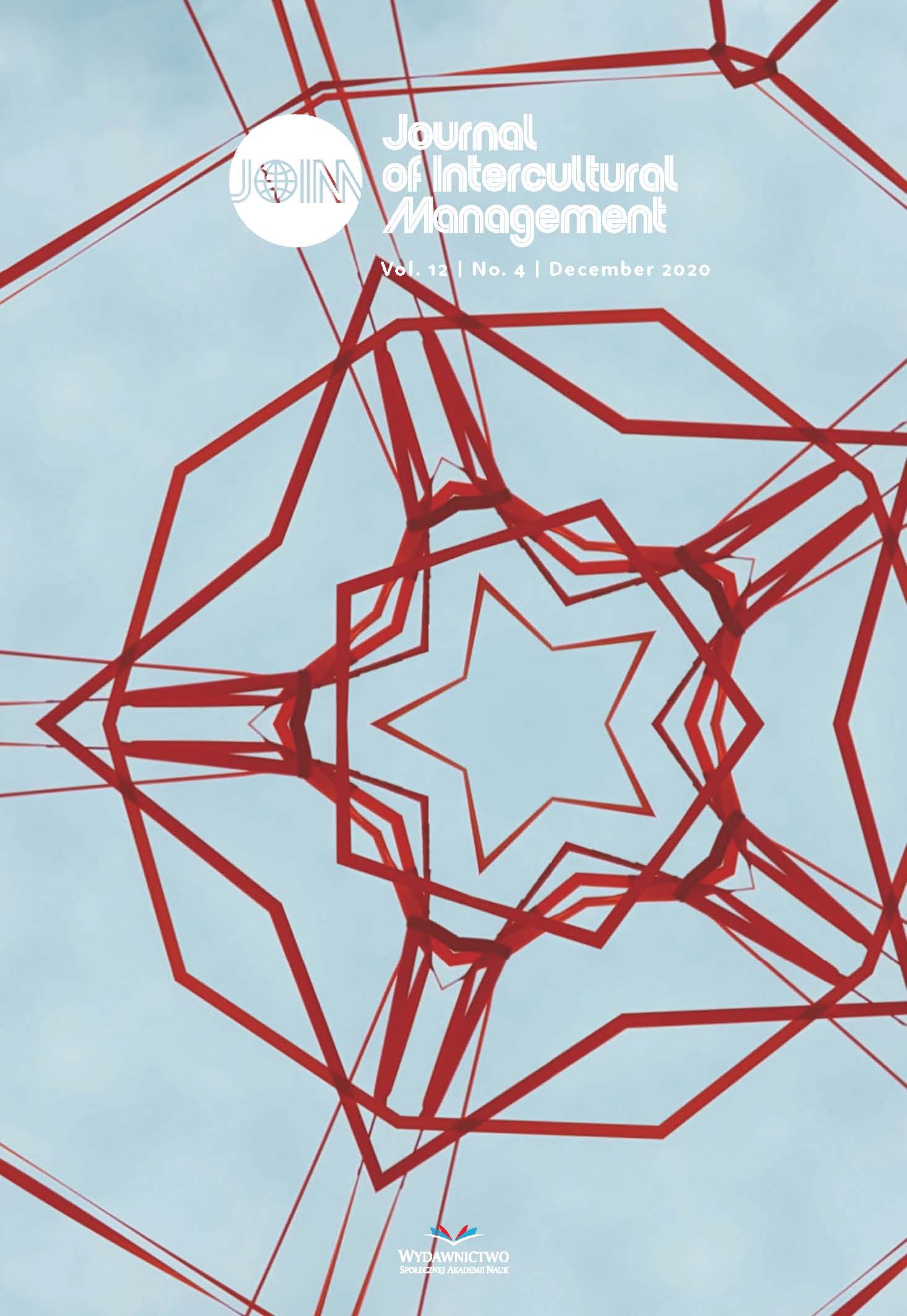Recent Dimensions of Regional Migration
Recent Dimensions of Regional Migration
Author(s): Mariana Bălan, Svitlana BilanSubject(s): Social Sciences, Economy
Published by: Społeczna Akademia Nauk
Keywords: migration; regions; destinations; vulnerabilities
Summary/Abstract: Objective: The purpose of this article is to make an analysis of the size and structure of migratory flows at regional and sub-regional level. Methodology: Descriptive statistical analysis was mainly used to visualize and synthesize information about the evolution of the structure and size of migratory flows in major regions of the world. Findings: The importance of contemporary migration is related not only to the number of migrants, but also to the fact that the migratory phenomenon has become global and takes on more and more diverse forms. People travel for various periods of time, but shorter. They adopt a pattern of circulatory migration, continue to maintain strong connections with where they left from or practice unregulated migration. Migration has become a defining feature of the modern global economy, and the main factors underlying its expansion are the processes of globalization, technical progress, the new economic order, etc. In 2019, the number of l migrants at world level reached 271.6 million, well above the values forecast by international bodies in recent years. In the last three decades, more developed regions have received 69 million international migrants, while less developed regions have received only 50 million. The highest migratory flows were recorded in high-income countries (98 million persons), and middle and low-income countries added only about 20 million persons to migrants’ stock (17 million and 3 million, respectively). Value Added: The paper presents an analysis of the size and structure of migratory flows at the regional level, providing a more detailed picture of migration, and presenting a different but complementary perspective of migrants and movements from different parts of the world. A comparative analysis of migrant flows at regional level and on large migration corridors is performed, but also of the structure by age groups and gender of regional migrants. Recommendations: The analysis of data on regional migration shows significant differences inmigration patterns between regions. Greater recognition of regional migration patterns, variations and complexities can help shape strategic and sustainable responses of the migration policies. It is also necessary to pay attention to the regional dimensions and variations of international migration that may have critical implications for debates and regulations, especially (but not only) globally.
Journal: Journal of Intercultural Management
- Issue Year: 12/2020
- Issue No: 4
- Page Range: 91-105
- Page Count: 16
- Language: English

